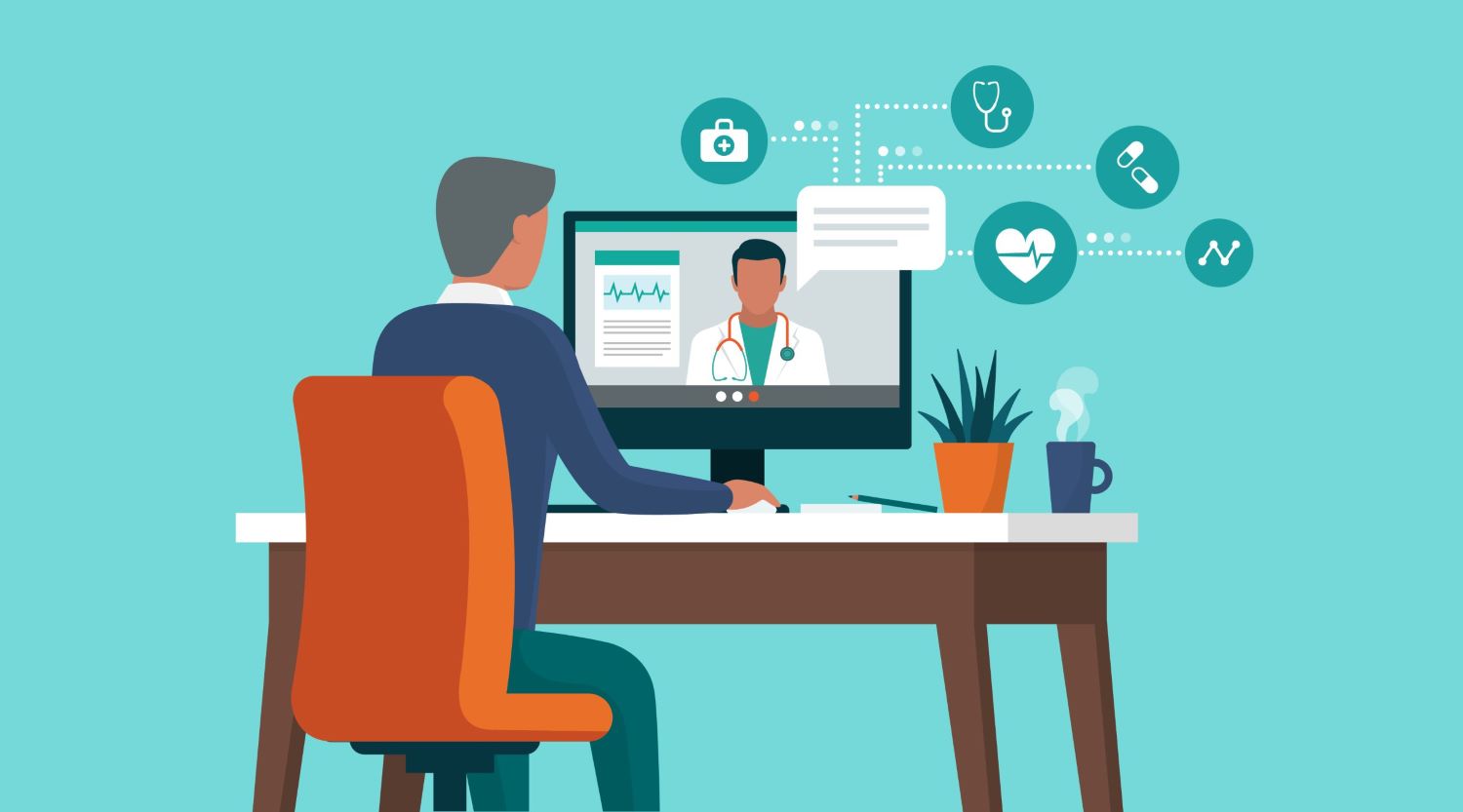When COVID-19 swept across the globe in early 2020, we quickly realized much of daily life would have to move online to ensure our collective safety.
Working, dating, shopping, chatting with friends and family—most aspects of our lives have shifted from in-person to behind a screen.
Medical care and doctor’s appointments were no exception to this trend.
The Telehealth Trend
During the last week of March 2020, when the United States was rapidly adjusting to the pandemic, telehealth visits increased by 154 percent in comparison to the same week in 2019. Millions of patients have used these tools since.
Advantages in Virtual
The advantages of telehealth visits have become evident as patients test out this new way of seeking healthcare.
Though the vast majority of these online doctor’s appointments are not COVID-19 related, telehealth visits are crucial to preventing patients from being exposed to the virus and contributing to its spread within communities. Doctors, nurses, and other medical professionals can then stay safer themselves, while continuing to see and treat patients.
It’s also less hassle for patients, since they are able to eliminate travel and decrease wait times.
For example, the average in-person visit is 120 minutes. That’s a sizable portion of time, effort, and money, allowing for various possibilities of delays. Meanwhile, the average telehealth visit is between 10 and 15 minutes.
However, this speed and ease of virtual medical care isn’t always available to all patients.
Disparities in Access
Internet connectivity is necessary for online visits. Subsequently, rural communities with limited access to reliable broadband or Wi-Fi have lower rates of telehealth usage than urban communities do.
Low-income patients, no matter their location, may encounter roadblocks in securing a computer or smartphone to use, or in finding a private location to conduct the visit. Some public locations and businesses provide free Wi-Fi, but for most patients who are used to doctor’s offices, these options aren’t conducive to the privacy and relative comfort needed.
Multilingual Telehealth
The ability to self-navigate through the online process is just as important as internet connection for patients to get the care they need. This necessary digital fluency can be difficult for patients if the sites or programs are only available in English. And unfortunately, it’s often the patients who don’t have access to linguistic help who need it the most.
Immigrant families can be more vulnerable to contracting COVID-19 or other diseases due to higher incidences of poverty, overcrowded housing conditions, and work conditions that make social distancing or working from home not feasible.
Over 60 million Americans speak a language other than English at home, and patients with limited English proficiency (LEP patients) can encounter barriers throughout the healthcare system if linguistic assistance isn’t available, especially online.
Translations of medical forms and information, live over-the-phone and video interpreters, and trainings for medical staff are all key parts of the linguistic assistance necessary to ensure LEP patients don’t get left behind.
As we further adapt to both the COVID-19 pandemic and the digital age, reimagining healthcare norms and continuously expanding options available to patients is vital in reaching as many people in need of medical care as possible.
Though the use of virtual medical assistance skyrocketed because of the pandemic, it’s becoming clear that telehealth is here to stay as a permanent fixture of the healthcare industry. In fact, the majority of patients expect to use telehealth services even after the pandemic resolves.
To find out how you can expand multilingual options for your telehealth practices, learn more here.
